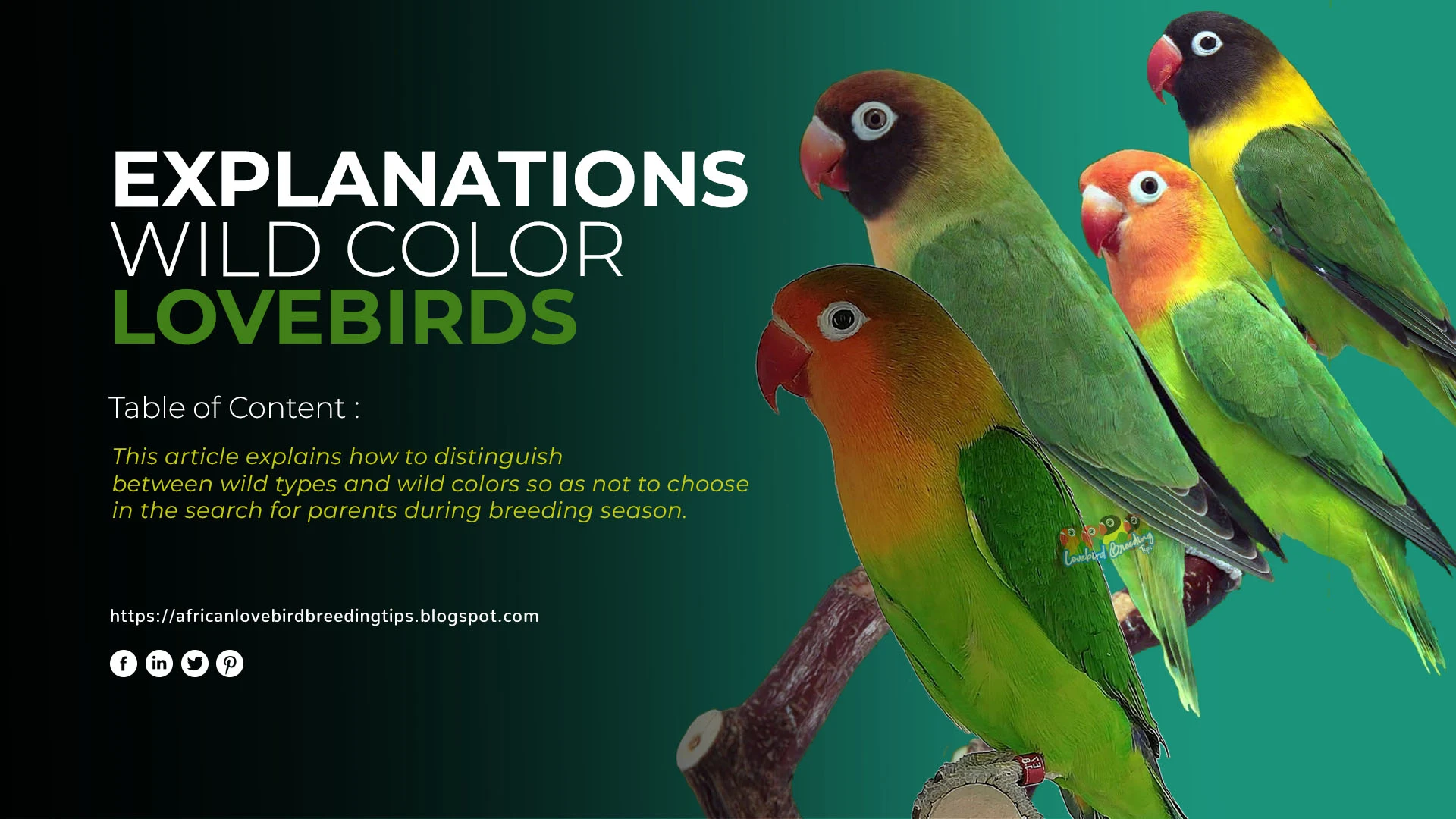Long before the mutation is now widely circulated, we first get to know this Lovebird. This is an original version of A Lovebird. They call it Wild Color because of this kind of color found in its natural habitat.
It is said that Lovebird with a characteristic approaching Wild Type/Wild Color is already rarely found in inbreeding.
The many circulating are not purely but have undergone mutations or hybrids.
Both color lines, size, and body structure get farther than the original. This is due to crosses that do not follow the approved guidelines on international treaties.
Many breeders crossed the Fischer Lovebird with a species of Personata so that it is subjected to both color and body sizes.
In the middle of our hybrid, birds become challenging to understand between the hybrid birds with wild color or even wild type because, on some occasions,
some of these birds are very similar to each other. Because it must go through a series of crosses to know the truth about this normal bird.
Why is this so important? Because there are several cases of birds that have undergone many mutations requiring wild-type birds for genetic purification.
And birds of normal color or wild type must be helpful when there is a new type of mutation to get inheritance data from the mutation by a cross with normal birds.
And, of course, this will be even worse when we all have no more normal birds in captivity.
Do we have to retake it from nature? Of course, this is a foolish act for the continuity of their nature.
Therefore we as a breeder should respect the normal or wild type/wild color, as I will explain below.
Three types of green lovebirds
- Normal Green
It is a pure bird, normal, and has not been a mutation in itself, both visually and genetically. This bird will be used for the purification of a species.
- Wild Color
As the name suggests is a lovebird that visually resembles a normal bird but genetically still needs to test its purity.
- Wild Type
is a bird that resides in nature or its habitat. So if their breeder who mentions having a wild lovebird type is not valid. Because a really wild type is a bird that is indeed from nature.
Divided into 4 species in Lovebird eye-ring Fischer:
-Fischer
-Personata
-Lilianae Nyasa
-Nigrigenis
So because it is so important that I was a writer and breeder invites you to be more selective and careful in inbreeding.
It took a long time to regain a pure lovebird after many mutations.

